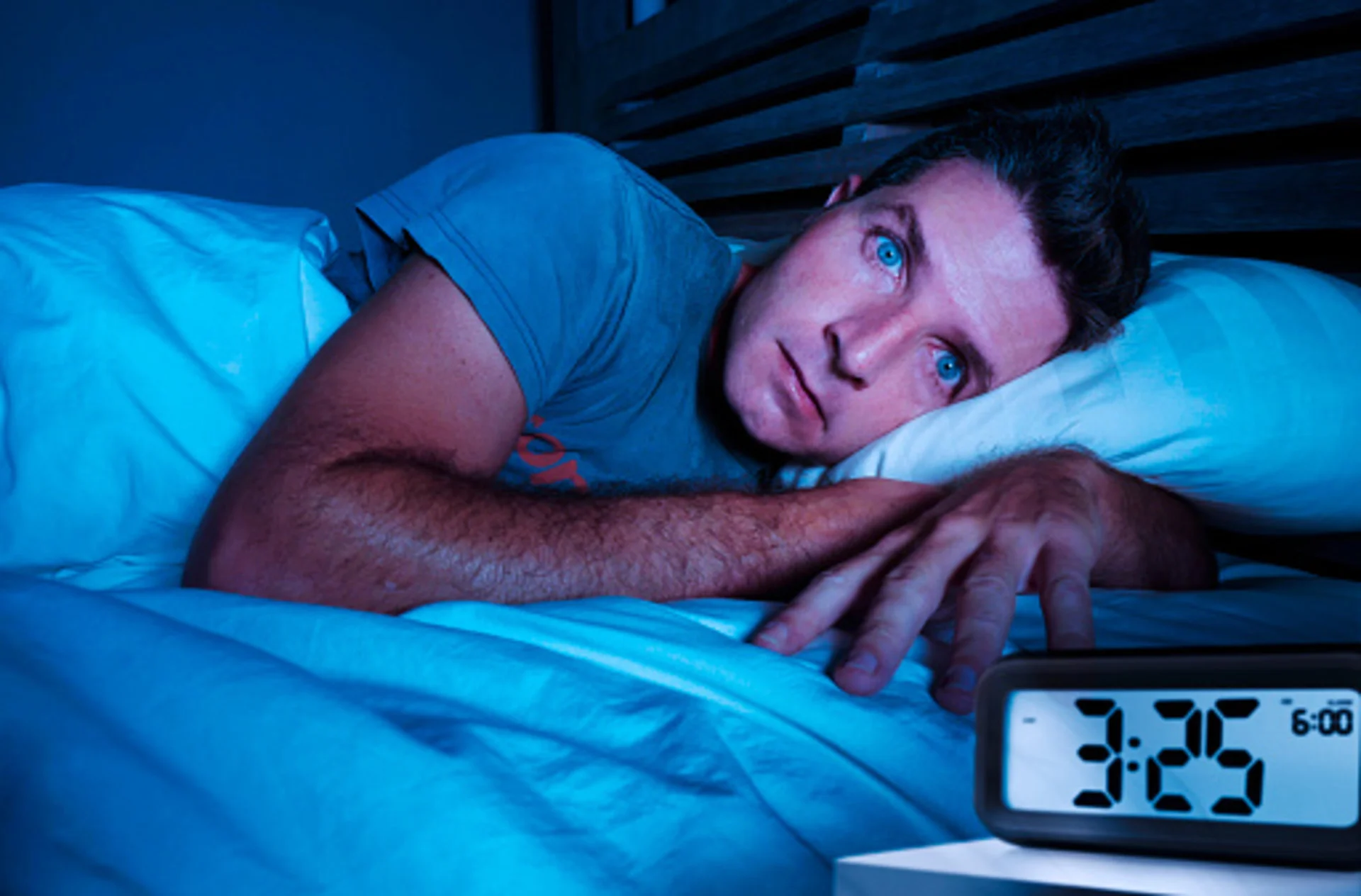
It's almost time to 'spring forward': How to adjust to the time change
Get ready to 'spring forward' one hour on Sunday, March 12, for Daylight Saving Time
Once again, many Canadians are set for their twice-annual bout with chronological confusion!
The clocks move up one hour on Sunday, March 12, at 2 a.m., and it may leave you feeling extra groggy as we do away with an hour of sleep.
Heather Young, a certified child sleep consultant with Good Night Sleep Site Waterloo, says planning ahead is key in helping to make the transition a little easier.
“A general rule of thumb is for every hour of time change that you experience it takes about a day for our bodies to adjust,” she explains. “Some of the other things that can influence that are how tired you are leading into the time change or whether you are getting to bed on time each subsequent night. So it can take a few days or even up to a week.”
RELATED: 5 benefits to keeping daylight saving time year-round
WHAT YOU’RE DOING WRONG
Many Canadians do not put enough emphasis on the importance of sleep, and subsequently, experience difficulties getting a good night's rest.
Here are a few things you may be doing that can make the switch over even harder:
Caffeine consumption too close to bedtime
Using technology within one hour of bedtime
Alcohol consumption too close to bedtime
Having too much sunlight in the bedroom
Not having a bedtime routine that signals your body that it is time for bed
Failing to block out sounds that will disrupt sleep
WHAT YOU SHOULD DO
“Blackout blinds, eye masks, earplugs or sound machines are all things we can add into our sleep routine in order to help us fall asleep easier and achieve higher quality sleep,” Young says.
The temperature of your room is also important when planning for bedtime.
“The ideal temperature for sleep is somewhere between 19-22 degrees [Ceslius],” explains Young. “As our bodies settle into sleep, our body temperature drops a couple of degrees - this temperature drop is actually what initiates sleep.”
If it’s difficult to cool your room down, Young suggests taking a hot bath or shower to help your body temperature rise then drop. This can help you settle into sleep easier.
Watch the video above for more helpful tips from sleep expert Heather Young.






